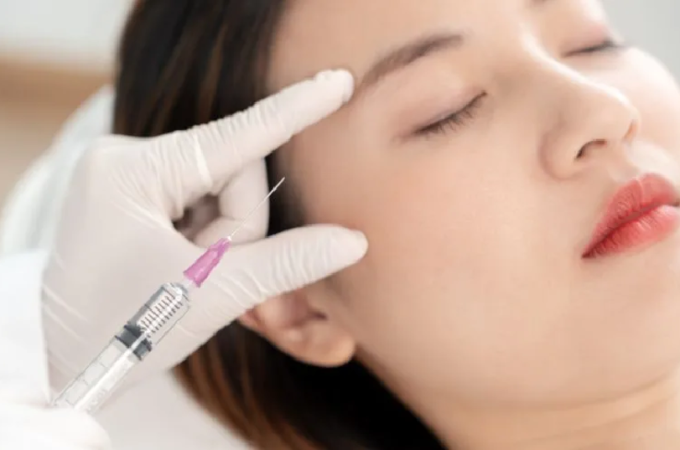
Platelet-Rich Plasma for the Knee
Knees take a lot of pressure, and as the largest joints in the body, knees are easily injured. Unfortunately, traumatic knee injuries often result in permanent consequences, including chronic pain, decreased range of motion, instability, and post-traumatic osteoarthritis.
Since the knee is such a large and complex joint, it can suffer from many different injuries that require varying treatments. Most knee injury treatments involve bracing the joint, physical therapy, and in some cases, surgery.
However, platelet-rich plasma (PRP) is an often-overlooked treatment option for chronic pain conditions and knee injuries despite its proven effectiveness.
What is Platelet-Rich Plasma?
Blood contains four main components: plasma, red blood cells, white blood cells, and platelets. Plasma is the liquid component that transports blood cells through the body. Platelets are fragments of cells that contain growth and healing factors.
In PRP therapy, doctors extract blood from a patient and then place it in a centrifuge that separates the platelets and plasma from the red and white blood cells. The separated platelets and plasma become PRP, which is then injected into a treatment area.
The new platelets in the treatment area then break down and release growth factors. Growth factors are compounds that help cells repair and regenerate. This process works alongside the body’s natural healing process to expedite healing.
What Knee Conditions Can PRP Treat?
Research studies show PRP therapy to be an effective treatment for the following knee conditions and injuries:
- Low to moderate grade knee osteoarthritis
- Chronic tendon injuries
- Pulled muscles
- Joint sprains
- Ligament tears
Orthopedic doctors have long used PRP therapy to expedite healing after knee injuries and surgeries. PRP treatments are especially beneficial for patients with injuries like tendinitis, which requires a long healing period.
After surgery, studies find that PRP injections can accelerate postsurgical healing in muscles, tendons, and ligaments in the affected area.
PRP Therapy vs. Cortisone Shots
Recent studies show that PRP therapy is a more effective treatment than cortisone for knee osteoarthritis and doesn’t have the harmful side effects of cortisone on cartilage.
In addition, PRP treatments use the patient’s blood, lowering the risk of complications and side effects. While cortisone shots only provide pain relief and a reduction in inflammation, PRP injections offer long-term repair and restoration of damaged cells and tissues, treating the site of the pain, not masking the symptoms.
When suffering from a knee injury or chronic pain condition, it’s worth asking your physician if PRP therapy could be an effective treatment option for your needs.
This post was written by a medical professional at Stemedix Inc. At Stemedix we provide access to Regenerative Medicine for knees, also known as stem cell treatment for knees florida! Regenerative medicine has the natural potential to help improve symptoms sometimes lost from the progression of many conditions.





